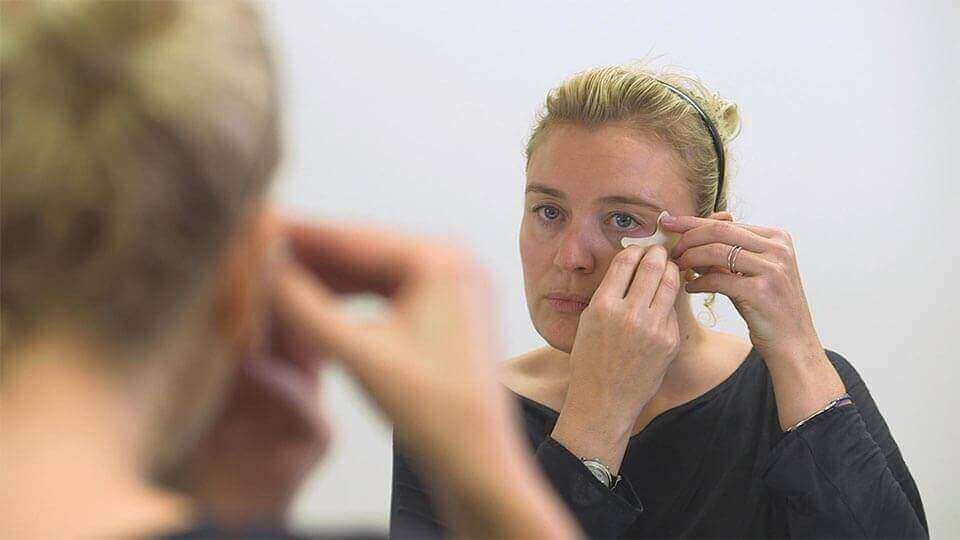Meet the hot new 3D printed wrinkle removal solution, “Radara.” It’s easy! Just stab yourself with this strip of 2,000 3D printed micro-needles.
Radara was developed by Innoture, a medical technology firm based in the UK. In short, it is a home-use micro-needling patch. It was inspired by research conducted at the National University of Singapore, where researchers were able to encapsulate high-grade collagen in minuscule needles. These needles were then placed on a patch, and pressed against the skin. The small size of the needles means the collagen can be delivered deep into the dermis - apparently.
Stab Yourself With Technology Until You Are Pretty Again

Micro-needling is becoming the hot trend for combating wrinkles. Innoture managed to make their micro-needles even micro-er thanks to 3D printing. Each patch has 2,000 micro-needles, which is absolutely mind-boggling. It is entirely thanks to 3D printing that the Radara patches are able to stand out against other micro-needling solutions. Other, less refined methods are known for leaving red marks on the skin or even cause bleeding (sounds beautiful). The
The Radara needles, however, are so small, that doesn’t seem to be a problem when appying the patch.
The process itself is similar to other patches. Nicotine and hormone replacements can be applied to the skin via patches. By injecting those liquids below the surface, they should be far more effective. According to the company, Radara is marketed as a painless, self-administered solution that can be used on a daily basis.
Independent Studies say…
As Innoture notes, an independent study found that subjects experienced up to 35% reduction in wrinkles. The test, however, only included thirty-two women…(Thirty-two!! Sounds more like a moderately-sized house party).
One writer at the Daily Mail did decide to go on an adventure and try the patches for herself.
She notes that, after using Radara, her wrinkles were found to be reduced by 18%. She, however, laments that it wasn’t the “35%” other women had experienced, leaving a rather unpleasant taste in the reader’s mouth. When she returned to the doctor later, it dropped to 8%.
The doctor described her results as entirely normal. He adds: “What I believe it’s best for is as a maintenance treatment between treatments such as Botox.”
It’s exciting that 3D printing may be pioneering new ways to get vital substances into the body. It is only moderately exciting that 3D printing has been used to give women ways to stab themselves in the face with 2,000 tiny needles in hopes of being pretty.
License: The text of "3D Printed Wrinkle Removal Stabs You With 2,000 Needles" by All3DP is licensed under a Creative Commons Attribution 4.0 International License.